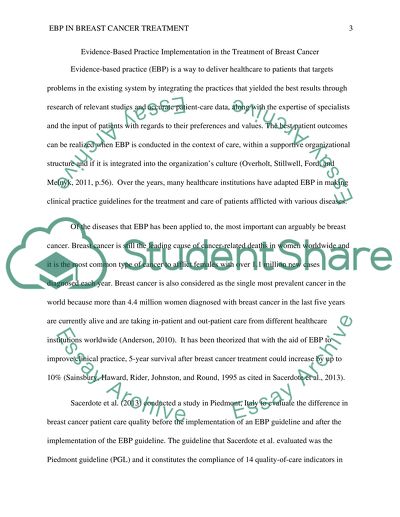Cite this document
(“Evidence-Based Practice Implementation in the Treatment of Breast Research Paper”, n.d.)
Retrieved from https://studentshare.org/nursing/1478031-evidenced-based-practice-ebp-summary
Retrieved from https://studentshare.org/nursing/1478031-evidenced-based-practice-ebp-summary
(Evidence-Based Practice Implementation in the Treatment of Breast Research Paper)
https://studentshare.org/nursing/1478031-evidenced-based-practice-ebp-summary.
https://studentshare.org/nursing/1478031-evidenced-based-practice-ebp-summary.
“Evidence-Based Practice Implementation in the Treatment of Breast Research Paper”, n.d. https://studentshare.org/nursing/1478031-evidenced-based-practice-ebp-summary.


